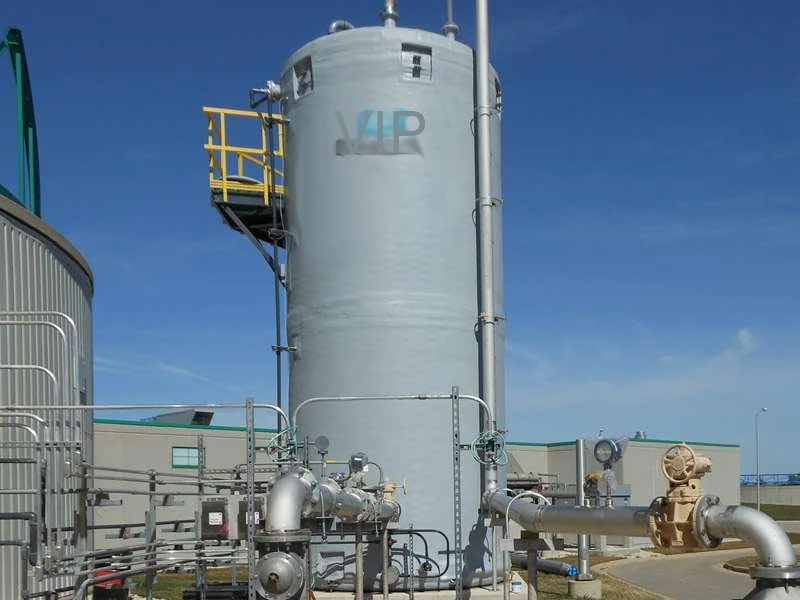
-
 Afrikaans
Afrikaans -
 Albanian
Albanian -
 Amharic
Amharic -
 Arabic
Arabic -
 Armenian
Armenian -
 Azerbaijani
Azerbaijani -
 Basque
Basque -
 Belarusian
Belarusian -
 Bengali
Bengali -
 Bosnian
Bosnian -
 Bulgarian
Bulgarian -
 Catalan
Catalan -
 Cebuano
Cebuano -
 China
China -
 China (Taiwan)
China (Taiwan) -
 Corsican
Corsican -
 Croatian
Croatian -
 Czech
Czech -
 Danish
Danish -
 Dutch
Dutch -
 English
English -
 Esperanto
Esperanto -
 Estonian
Estonian -
 Finnish
Finnish -
 French
French -
 Frisian
Frisian -
 Galician
Galician -
 Georgian
Georgian -
 German
German -
 Greek
Greek -
 Gujarati
Gujarati -
 Haitian Creole
Haitian Creole -
 hausa
hausa -
 hawaiian
hawaiian -
 Hebrew
Hebrew -
 Hindi
Hindi -
 Miao
Miao -
 Hungarian
Hungarian -
 Icelandic
Icelandic -
 igbo
igbo -
 Indonesian
Indonesian -
 irish
irish -
 Italian
Italian -
 Japanese
Japanese -
 Javanese
Javanese -
 Kannada
Kannada -
 kazakh
kazakh -
 Khmer
Khmer -
 Rwandese
Rwandese -
 Korean
Korean -
 Kurdish
Kurdish -
 Kyrgyz
Kyrgyz -
 Lao
Lao -
 Latin
Latin -
 Latvian
Latvian -
 Lithuanian
Lithuanian -
 Luxembourgish
Luxembourgish -
 Macedonian
Macedonian -
 Malgashi
Malgashi -
 Malay
Malay -
 Malayalam
Malayalam -
 Maltese
Maltese -
 Maori
Maori -
 Marathi
Marathi -
 Mongolian
Mongolian -
 Myanmar
Myanmar -
 Nepali
Nepali -
 Norwegian
Norwegian -
 Norwegian
Norwegian -
 Occitan
Occitan -
 Pashto
Pashto -
 Persian
Persian -
 Polish
Polish -
 Portuguese
Portuguese -
 Punjabi
Punjabi -
 Romanian
Romanian -
 Russian
Russian -
 Samoan
Samoan -
 Scottish Gaelic
Scottish Gaelic -
 Serbian
Serbian -
 Sesotho
Sesotho -
 Shona
Shona -
 Sindhi
Sindhi -
 Sinhala
Sinhala -
 Slovak
Slovak -
 Slovenian
Slovenian -
 Somali
Somali -
 Spanish
Spanish -
 Sundanese
Sundanese -
 Swahili
Swahili -
 Swedish
Swedish -
 Tagalog
Tagalog -
 Tajik
Tajik -
 Tamil
Tamil -
 Tatar
Tatar -
 Telugu
Telugu -
 Thai
Thai -
 Turkish
Turkish -
 Turkmen
Turkmen -
 Ukrainian
Ukrainian -
 Urdu
Urdu -
 Uighur
Uighur -
 Uzbek
Uzbek -
 Vietnamese
Vietnamese -
 Welsh
Welsh -
 Bantu
Bantu -
 Yiddish
Yiddish -
 Yoruba
Yoruba -
 Zulu
Zulu
Exploring the Benefits and Applications of FRP Cover in Construction and Industry
Understanding FRP Cover Importance, Benefits, and Applications
In today’s construction and engineering landscape, the use of Fiber Reinforced Polymers (FRP) has gained significant recognition due to their superior properties and versatility. Among various applications, the concept of FRP cover is particularly noteworthy. This article aims to explore what FRP cover is, its significance, benefits, and various applications across different industries.
What is FRP Cover?
FRP cover refers to a layer of Fiber Reinforced Polymer material that is used to protect structures, primarily those made of concrete and other composite materials. FRP is composed of a polymer matrix reinforced with fibers like glass, carbon, or aramid, which significantly enhances its mechanical properties, making it both lightweight and highly durable.
By incorporating an FRP cover, engineers and construction professionals aim to strengthen the structural integrity of buildings, bridges, and other infrastructures. Additionally, FRP covers provide essential protection against environmental factors, corrosion, and wear, extending the lifespan of the underlying materials.
Importance of FRP Cover
The importance of FRP cover lies in its ability to address some of the major challenges faced in traditional construction methodologies. Structures made of concrete are often vulnerable to various forms of degradation, such as corrosion from moisture and chemical exposure. Utilizing an FRP cover not only provides a protective barrier but also enhances the structural load-bearing capacity.
Moreover, the lightweight nature of FRP materials allows for easier handling and application, reducing overall workload and increasing installation efficiency. This can lead to reduced labor costs and project timelines, making FRP covers an attractive option for construction professionals.
Benefits of Using FRP Cover
1. Corrosion Resistance One of the hallmark features of FRP is its resistance to corrosion. Unlike traditional materials, FRP does not rust or corrode, making it an ideal choice for structures exposed to harsh environmental conditions, such as marine and industrial settings.
2. High Strength-to-Weight Ratio FRP covers possess an exceptional strength-to-weight ratio, which means they can bear heavy loads without adding significant weight to the structure. This characteristic enables the design of more slender and lighter constructions, contributing to aesthetic and spatial benefits.
frp cover

3. Durability The longevity of FRP covers contributes to reduced maintenance costs over the lifecycle of a structure. By minimizing damage caused by environmental factors, FRP covers help ensure an extended lifespan for the underlying materials.
4. Ease of Application The non-corrosive nature and lightweight properties of FRP materials simplify the application process. Contractors can install FRP covers quickly, thereby accelerating construction schedules.
5. Aesthetic Flexibility FRP covers can be manufactured in various colors and finishes, allowing architects and designers to maintain the desired aesthetic appeal of a structure while benefiting from the superior protective qualities of FRP.
Applications of FRP Cover
FRP covers find applications across various sectors, including
- Infrastructure Bridges, highways, and tunnels benefit from FRP covers as they enhance durability while protecting against environmental wear and corrosion. - Marine Structures The marine environment presents unique challenges such as saltwater exposure; hence, the use of FRP covers is common in docks, piers, and offshore structures.
- Industrial Facilities In chemical plants and manufacturing facilities, FRP covers are ideal for protecting structures from harsh chemicals and corrosive environments.
- Buildings FRP covers are increasingly used in high-rise buildings, where they can strengthen facades and protect concrete slabs from environmental damage.
Conclusion
In conclusion, FRP cover embodies a revolutionary step forward in construction materials, addressing many of the limitations associated with traditional materials. By offering outstanding corrosion resistance, high strength-to-weight ratios, and ease of application, FRP covers are changing how we think about and build our infrastructure. As technology advances, the applications of FRP covers will continue to expand, providing innovative solutions for a range of construction challenges. It is clear that FRP is not just a trend but a substantial contributor to the future of sustainable and durable construction.









